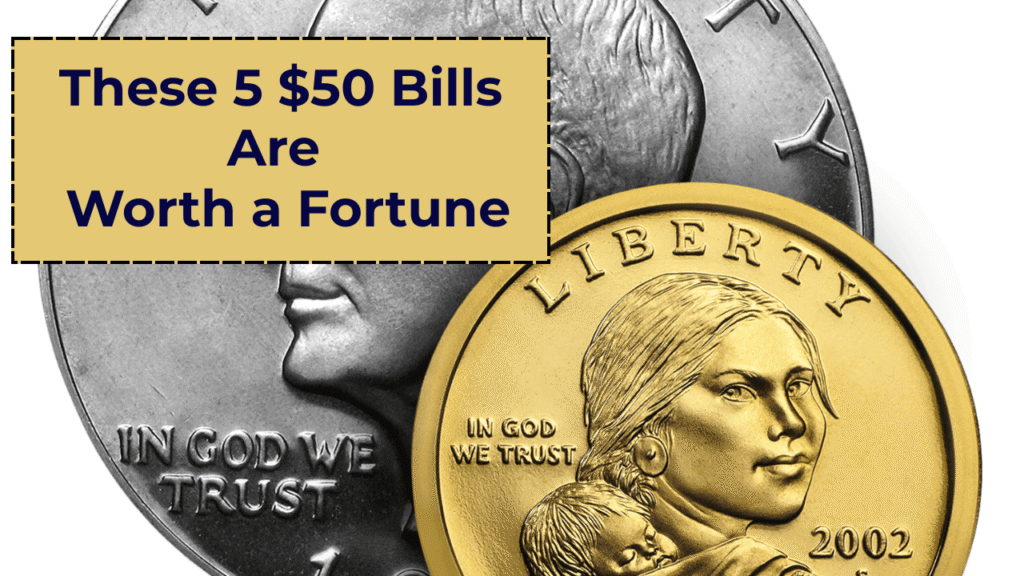Collectors and currency enthusiasts often dream of stumbling upon a rare piece of paper money that could be worth a small fortune. While the $50 bill might seem ordinary in your wallet, certain rare editions have fetched six figures at auction, turning an average banknote into a collector’s goldmine. From historical oddities to printing errors, here are five rare $50 bills that could be worth over $100,000.
What Makes a $50 Bill Valuable?
Before diving into the list, it’s important to understand what contributes to a bill’s value. Several factors can elevate a $50 bill from standard currency to a highly sought-after collectible:
- Age and rarity: Older bills, particularly those from the 19th or early 20th century, are often limited in number.
- Condition (grade): Bills in uncirculated or pristine condition are worth significantly more.
- Printing errors: Misprints or rare serial number configurations can boost a bill’s value.
- Unique features: Bills with historical significance, rare seal colors, or short print runs attract collectors.
1. 1869 $50 United States Note (“Rainbow Note”)
One of the most visually striking pieces of currency ever printed by the U.S., the 1869 $50 United States Note is popularly known as the “Rainbow Note” due to its colorful inks. Featuring a portrait of Henry Clay, a prominent 19th-century American politician, this note is part of the “Rainbow” series known for vivid red and blue security threads.
- Estimated value: $100,000–$200,000
- Why it’s rare: Only a small number remain in collectible condition, and fewer still are uncirculated.
Collectors are especially drawn to the intricate design and its place in the transition from early bank notes to modern currency.
2. 1880 $50 Legal Tender Note (Red Seal)
The 1880 series $50 Legal Tender Notes feature an ornate design with a large red Treasury seal on the left and a portrait of Benjamin Franklin in the center. These notes are not only rare but also admired for their artistry.
- Estimated value: $120,000+ in pristine condition
- Why it’s rare: A limited print run and even fewer surviving specimens in high grade make this note exceptionally valuable.
High-grade examples with strong color and minimal wear have fetched well into six figures at major currency auctions.
3. 1928 $50 Gold Certificate
The 1928 $50 Gold Certificate is a relic from the era when paper money was backed by gold held in the U.S. Treasury. It features Ulysses S. Grant on the front, with a bright gold seal and serial numbers.
- Estimated value: Up to $150,000
- Why it’s rare: Most were recalled and destroyed after the U.S. left the gold standard in 1933.
Though not redeemable for gold today, surviving examples are among the most desired by collectors due to their historical context and scarcity.
4. 1934 $50 Bill with Star Serial Number and Low Serial
In U.S. currency, “star notes” are replacement bills printed to replace misprints or damaged notes. When combined with a low serial number (e.g., 00000001 to 00000100), these can fetch substantial premiums.
- Estimated value: $100,000+
- Why it’s rare: Finding a star note with a low serial number in excellent condition is exceedingly uncommon.
A 1934 $50 bill with both features is considered a crown jewel for error and star note collectors.
5. 1977 $50 Federal Reserve Note with Major Printing Error
Though relatively modern, certain $50 bills from the 1977 series have been found with dramatic misprints—such as inverted back designs or missing seals. One such error example sold for over $110,000.
- Estimated value: $100,000+
- Why it’s rare: Major printing errors are caught before circulation, so very few reach the public.
These bills offer a fascinating glimpse into the U.S. Bureau of Engraving and Printing’s quality control and have great appeal among error note specialists.
Tips for Identifying a Rare $50 Bill
Not sure if your $50 bill is worth a second look? Here are some quick tips:
- Check the series year: Older bills (pre-1950) are generally more collectible.
- Look for unusual serial numbers: Repeating digits, star notes, or extremely low numbers may be rare.
- Inspect the condition: Bills with sharp corners, no folds, and vibrant ink are more valuable.
- Seek expert appraisal: Consider contacting a professional currency grading service like PCGS Currency or PMG (Paper Money Guaranty) for authentication and valuation.
Conclusion
While most $50 bills are worth exactly that—fifty dollars a rare few can be worth thousands or even hundreds of thousands. Whether through historical significance, rarity, or sheer uniqueness, these banknotes offer more than just face value. If you’re lucky enough to find one in an old collection or tucked away in a family heirloom, it might be time to get it appraised you could be holding a small fortune.
Related Terms You Might See in Listings
- Legal Tender Note: A bill issued by the Treasury, legally acceptable for debts.
- Gold Certificate: Currency once redeemable for gold from the U.S. Treasury.
- Star Note: A bill printed to replace a damaged or misprinted note.
- Serial Number: The unique identification number on a bill.
- Red Seal / Blue Seal: Refers to the color of the U.S. Treasury seal on older notes, indicating different types of currency.

